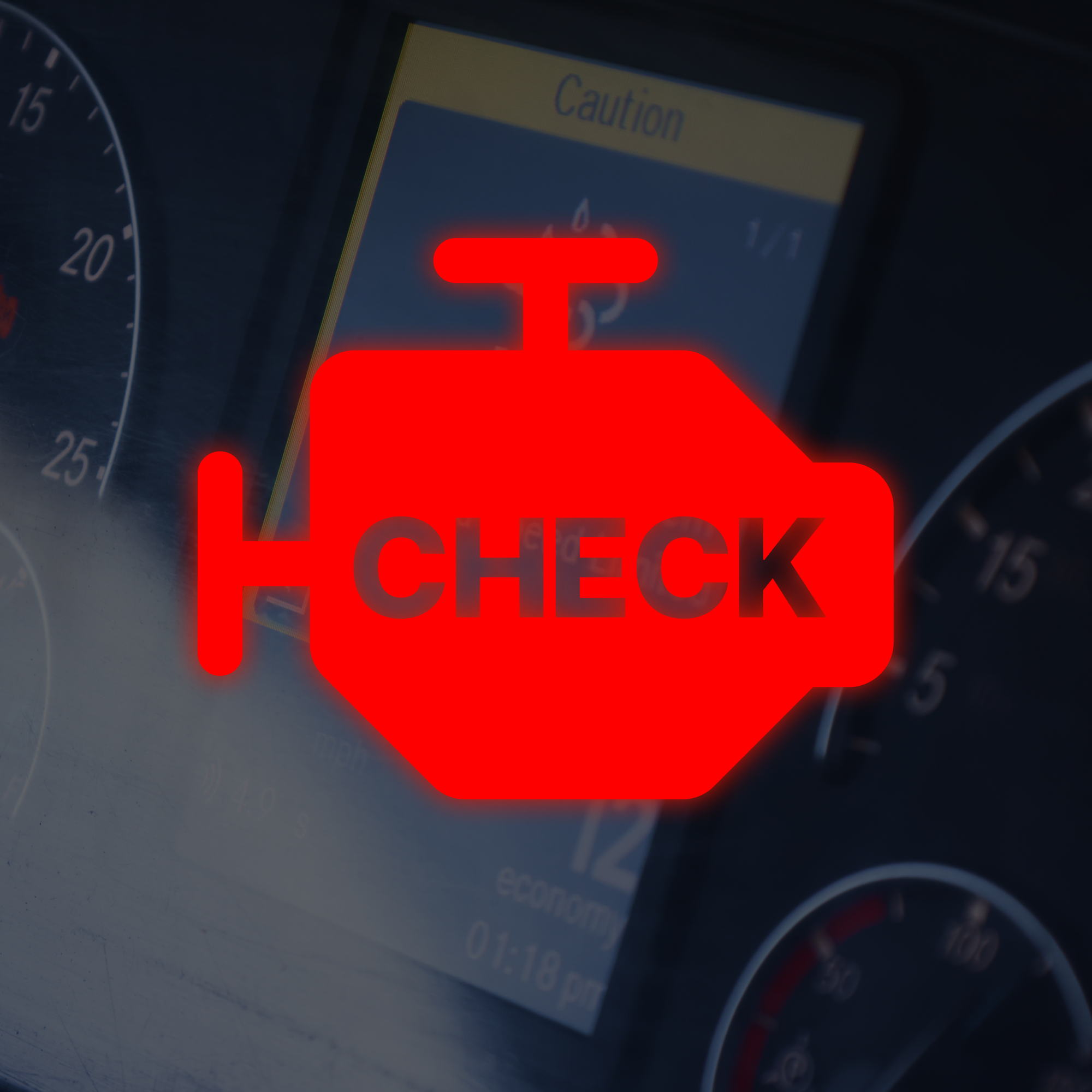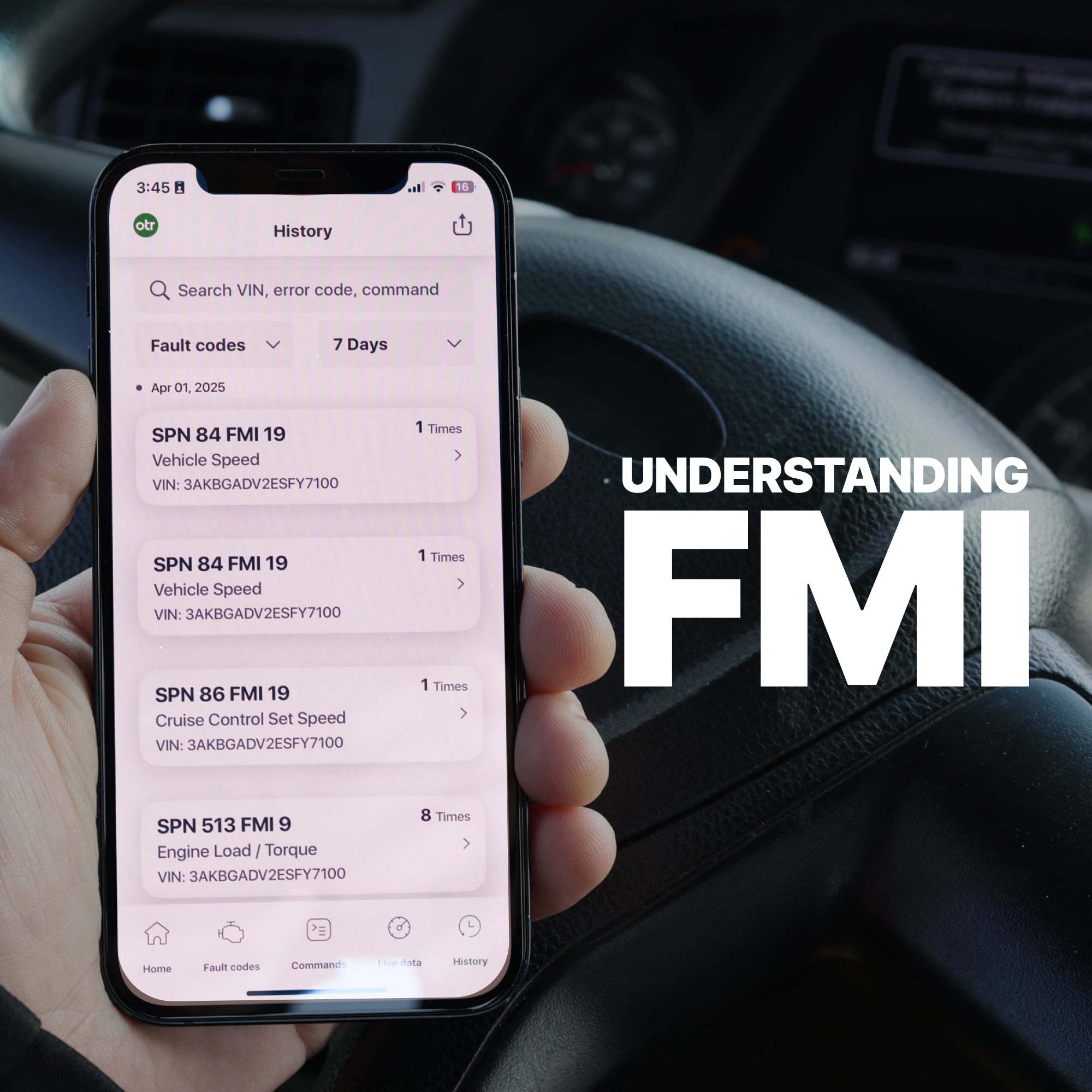In this week's blog post we break it down for you so that you can understand what steps to take when a fault code comes up on your dashboard.
What is a fault code?
An issue that occurs triggers what is called a “fault code.” This is basically an error message. Your vehicle is telling you that there is an issue that is going on and you need to get it diagnosed and repaired.
With over 1,000 fault codes available on a late-model vehicle you need to take the right approach to ensure you are not causing additional harm to your engine by ignoring fault codes.
Step 1
The first step is to determine if the fault code that is displayed on your dashboard is an active fault code or an inactive fault code.
Active fault codes mean the there is a present issue.
Example
- Blown Fuse
- Broken wiring
- Data missing from control module
In some cases, and in some engine models you can actually clear certain active codes. For instance, certain Volvo and Mack trucks will display active codes on the dashboard but when you plug in the diagnostic software the fault codes display as inactive. However, you must always take caution to check to see if you have an actual active fault code or an inactive fault code.
Inactive fault means that this is a past issue.
Example
- EGR Valve position out of calibration
- DPF pressure too high
- Soot Level high
The inactive fault codes were once active at some point in time but now they are fixed, or they fixed themselves. The ECU goes through a verification check to see if the fault code has been fixed or not at each time the truck is powered on. Essentially, this is an internal self-test to ensure that the fault codes are or are not an existing problem.
Step 2
The second step is to figure out what conditions triggered this active or inactive fault code to occur.
It’s important that you know what caused your issue to come up in the first place in order to replicate it. If you can’t replicate a fault code, then the diagnosis will get a little more complicated.
We just had a call the other day with a customer who owns a 2019 Freightliner chassis with Cummins 6.7 ISB passenger bus. This customer was in a derate condition with active SCR inducement derate (5mph) fault codes. The Freightliner was taken into a dealer where ECU was reprogrammed in order to clear the active fault codes. However, after he left the dealer and approximately 150 miles later the Freightliner went back into an SCR inducement derate a.k.a. 5mph derate. It can be difficult to get down to the root cause of certain active fault codes, but it is imperative that you figure out what caused the fault code to occur in the first place to prevent the same issue from occurring again. There is a reason why this Freightliner chassis went into a derate again and knowing that would have ensured that the real problem was fixed.
You can use OTR Diagnostics to read your fault codes that appear on your vehicle directly on your mobile device. You'll be able to see enhanced fault code details, a description of your fault code, troubleshooting steps, fault symptoms, repair procedures, and the number of times a fault code has appeared.
Step 3
The third and final step is to have all the correct information for the fault code.
Having the correct information about the fault codes can ensure that you will fix the right part the first time. Diagnosing a fault code takes time and patience. Especially if you are a technician or shop owner, it's important to have good spare parts to test on. Using good parts will validate the proper repair was performed. For instance, don't replace your engine ECU until it's checked it with another spare engine ECU to make sure that is indeed is the root problem.
Tools you can use
- TruckFaults.com
- Facebook Groups
- TruckersReport
- Just Answer
Taking the right approach will help you fix the fault codes correctly the first time. You can check out our other detailed blogs detailing what P-codes are, or what a MID fault code is.
Until next time! 👋
Stay safe, stay healthy & be blessed.




What Happens if Your Truck Can No Longer Regen?
Cummins DEF System Explained (3-Minute Read)